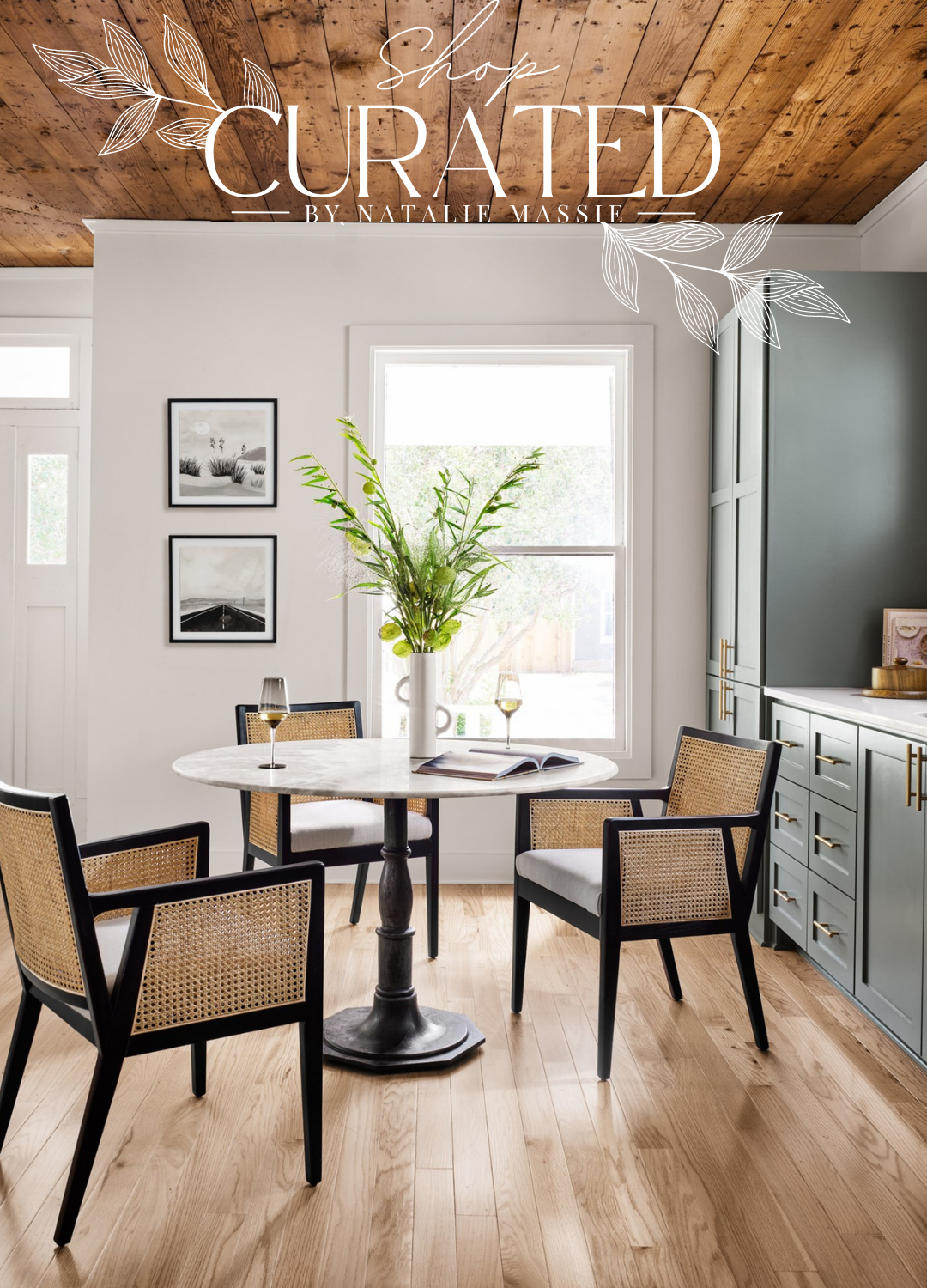

Can You Become an Interior Designer Without a Degree?
One of the most common questions I get asked by my course students is if they can call themselves an “Interior Designer” if they don’t have a degree. Most states allow anyone to call themselves an Interior Designer regardless of education, training, or experience. There are certain projects you shouldn’t take on without the proper certifications.
What type of work should you avoid?
If you don’t have formal training or a license, I recommend staying away from any work that requires a permit. This just means you can not act as contractor on new builds, remodels, or commercial spaces. There is just too much liability involved in these types of projects. Plus many states actually require you to be licensed or certified to get a permit anyways.
I don’t recommend my course students take on these projects because of the liability involved in remodel and new build projects. However, you can still work on these projects from an aesthetic perspective. This means someone else is the contractor on the job but you can still help the client make selections such as tile, counters, paint colors, lighting, etc. Basically, you could help pick out the tile but you wouldn’t be responsible for ordering it or hiring the installer. Want more info on working on these type of projects? I have written an entire post about this here.
What type of work can you do without a degree?
Without a degree, a designer can help transform a space with cosmetic changes. This includes paint, lighting, furniture, artwork, rugs, accessories, etc. (ahem, the fun stuff!) As mentioned, they can help make selections on new builds and remodels as long as they’re not acting as contractor. They can also do floor plans to ensure all pieces fit in the room correctly and the space flows well. FYI, I teach all of this in my online design course, Interior Design for Beginners.

What’s the difference between an Interior Designer & an Interior Decorator?
Because most states allow anyone to use the title “Interior Designer” (even without a degree, formal training, or certification), you can’t assume one has more training or experience than the other.
The biggest difference between a designer and decorator is the public’s perception.
Most people understand that a decorator would be able to help them transform a space cosmetically with the use of paint, lighting, furniture, artwork, rugs, accessories, etc. On the other hand, people perceive designers as having more experience. Designers would be more likely to consider space planning when designing a room and could possibly help with the construction side of things. I have written an entire post about the difference between an Interior Designer & Decorator here.
Is there anything I need to be careful of if I call myself an Interior Designer?
The main thing you want to be cautious of is not overselling your abilities. Always be up front with your clients about your experience and don’t take on projects you are not qualified for. As mentioned earlier, make sure you never call yourself a “licensed,” “permitted,” “registered” or “certified” interior designer unless you actually are.
If you’re unsure if you should call yourself a designer, you can always call yourself an interior decorator or home stylist while you gain experience.
Interested in Becoming an Interior Designer?
In my FREE 40 min. masterclass training you’ll learn how to become an Interior Designer and the first steps to take to start your Interior Design business.
business tips design 101 how to become an interior designer interior design portfolio



